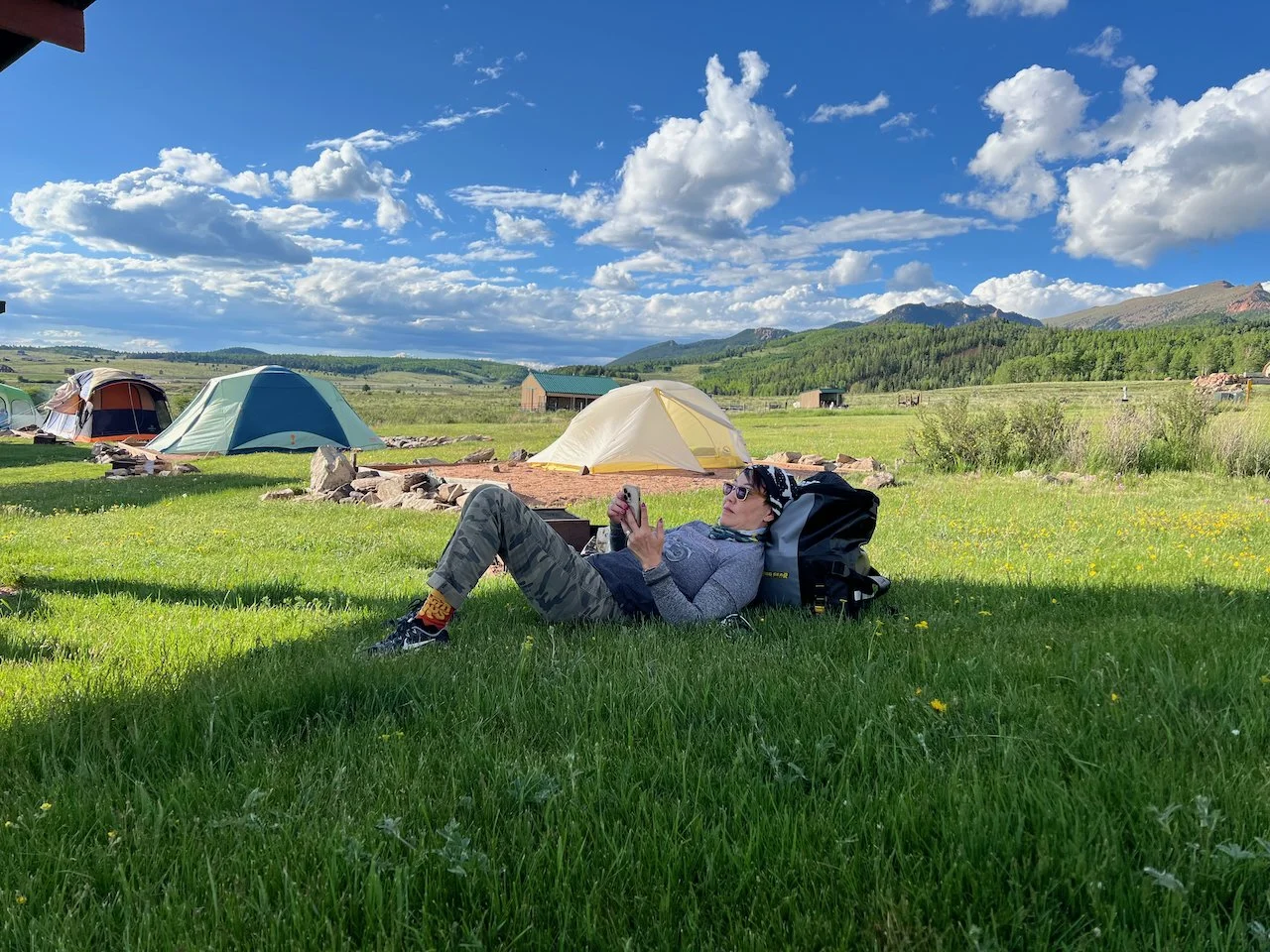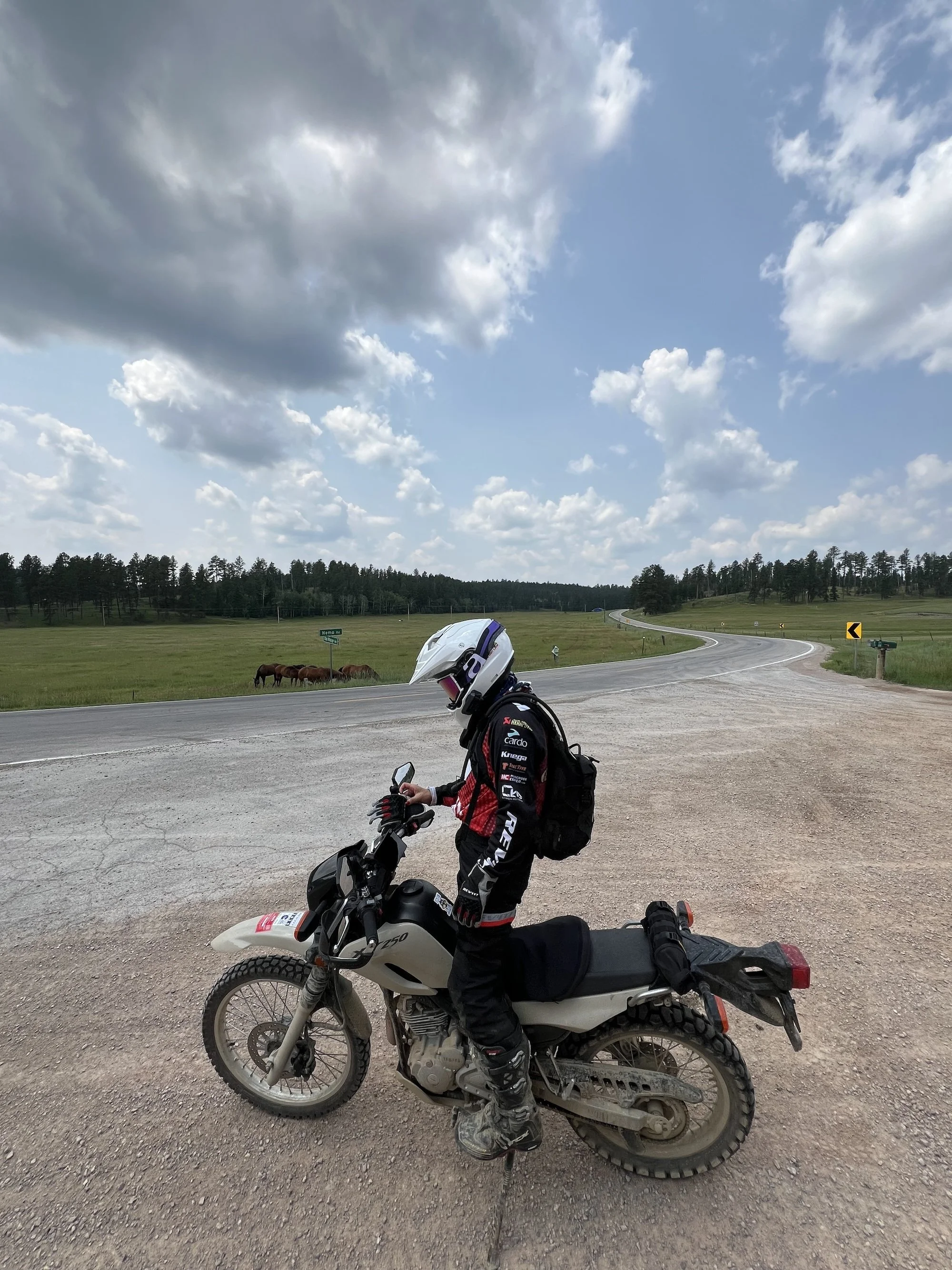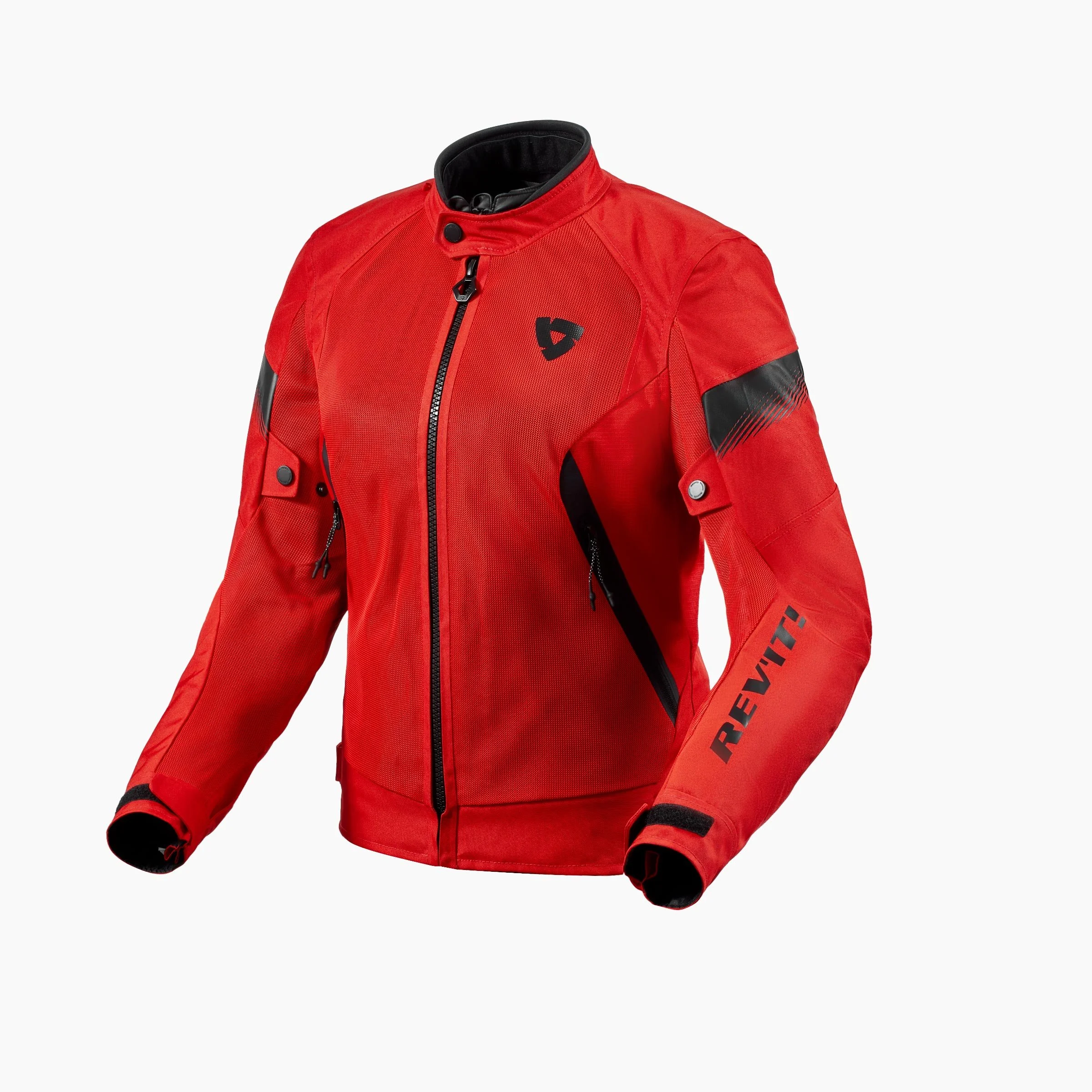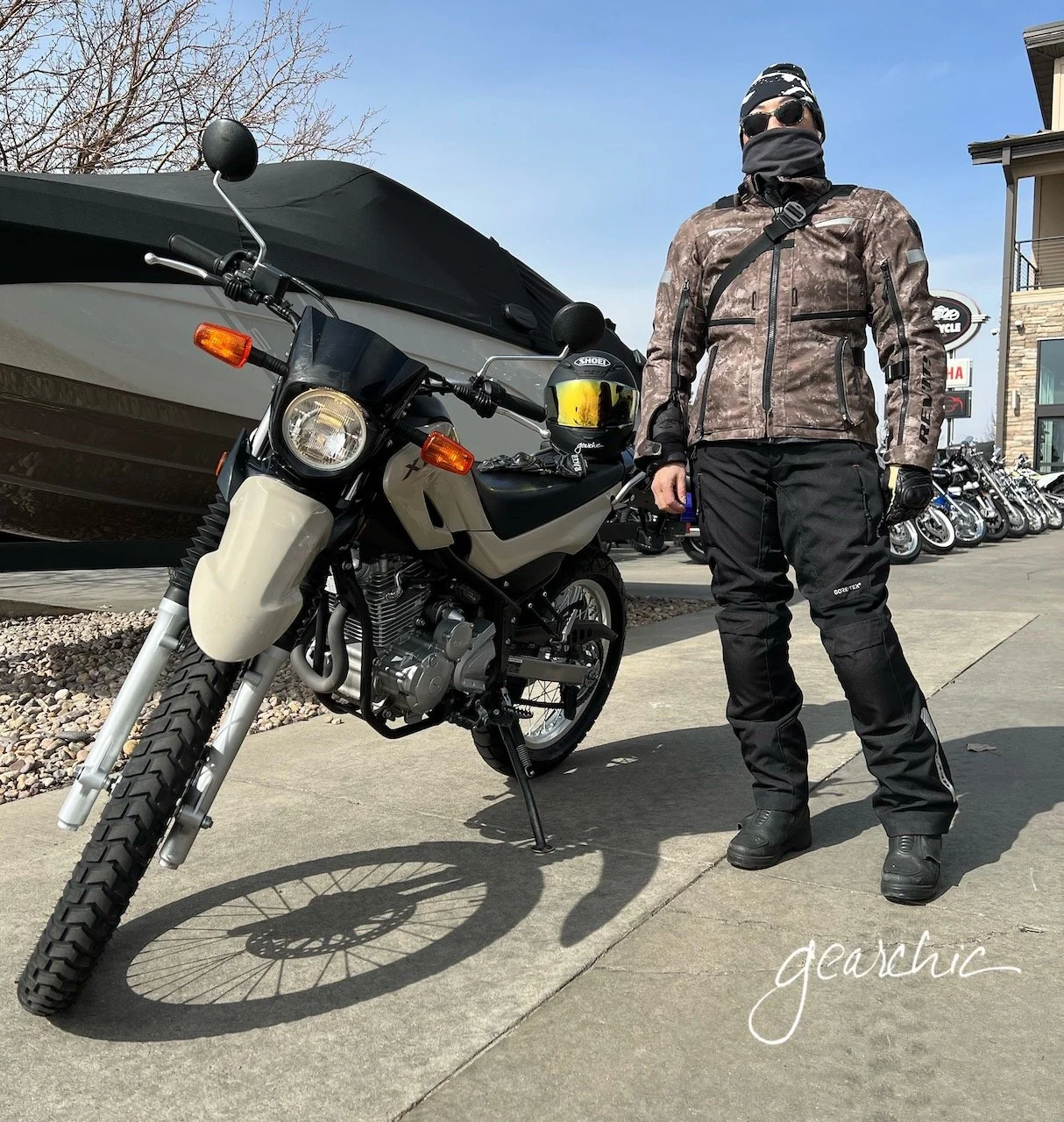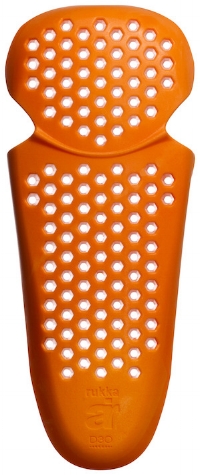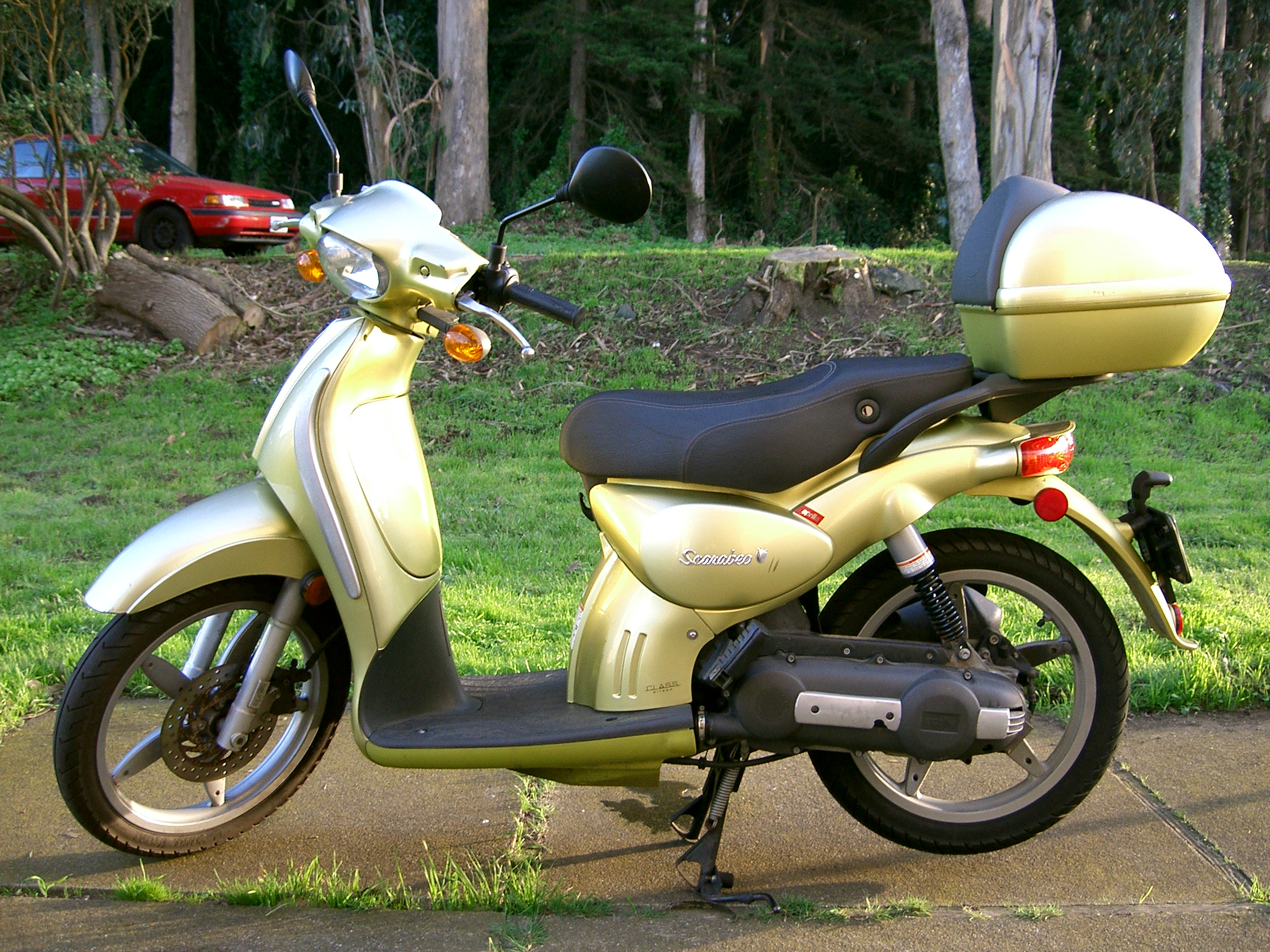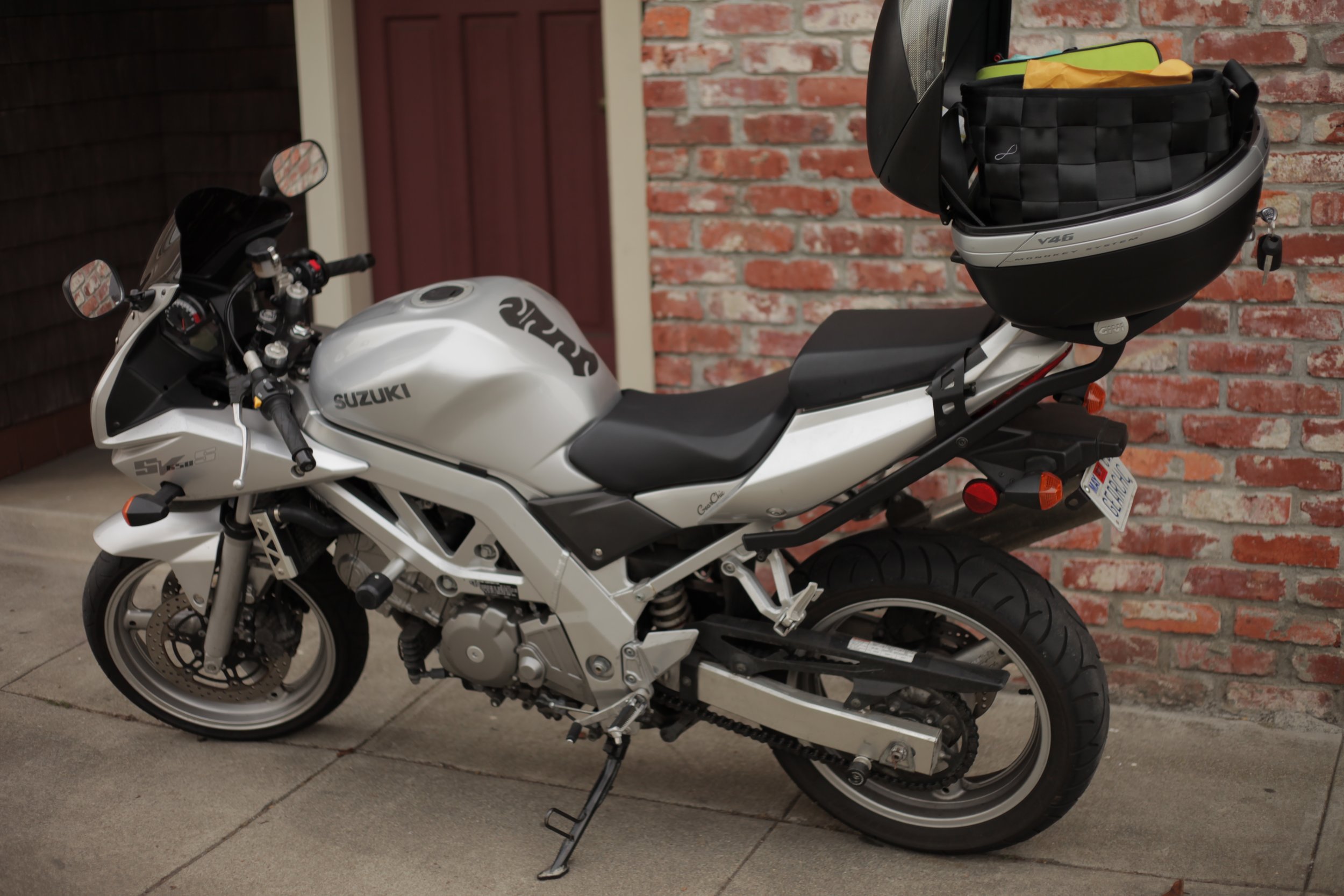Awhile back, I had a post about replacement knee armor options. And at the time, Forcefield still made an option that is now discontinued.
So here are some new recommendations, no matter what brand of pants you wear. A lot of knee replacement armor options also double as elbows, it just depends on the size/length/shape you're looking for.
Above is the Seeflex family from REV'IT ($39-$44/pair). I like the RV14 and RV12 options on the far right for pants with really long armor pockets. A good example of this is Dainese.
Their stock knee protector pockets are long, for their older knee guards. I find them to be too stiff, and lacking in shock absorption. The awesome thing about Seeflex is the entire piece of a shock absorber. This is far more comfortable to crash on and they're more ventilated as well. Additionally, they're CE Level 2, not Level 1 like the Dainese knee guards. More flexibility, protection, ventilation and comfort. Well worth the upgrade.
Keep in mind the shape of Seeflex is deeper, so the space in your pant needs to accommodate a deeper knee space. They also wrap around your knees more which is great for me because I have skinny knees.
Rukka D3O Air Knee
What's challenging about Seeflex is the width, if you're a woman and you're looking for replacement knee armor your pants may need a narrower piece of armor. RV10 may be too wide, depending on the brand. Keep in mind that RV12 is for exceptionally long knee armor pockets and won't work in most pants.
Another option for Dainese pants that I also recommend is the Rukka D3O Air Knee Protectors ($39/pair). Thee are also CE Level 2, but it's a flatter piece so if you need a wider piece over your knee vs a more cupped/fitted piece (for smaller knees/pants) then you'll love this option from Rukka.
Also great to match the length of Dainese knee pockets, super soft, flexible and ventilated.
Here are a couple other options to consider; I like these because they're softer to begin with. They don't need time to warm up to your body. And, they're great options if you have smaller pockets:
- Klim Viper D3O Knee (Level 2); wider, shorter piece
- Knox Microlock (Level 2); if you have Knox armor now and just want to increase the level to 2. Also make good substitutes for Alpinestars armor
Armor should always fit so comfortably that you don't know it's there. If it's bugging you, it's usually because the gear isn't fitting you right (incorrect size/fitment/etc.) or it's cheap/fake armor that isn't molecular in nature (soft like these that harden on impact).
If you need help figuring thiings out for your body/gear, please send me a message.

